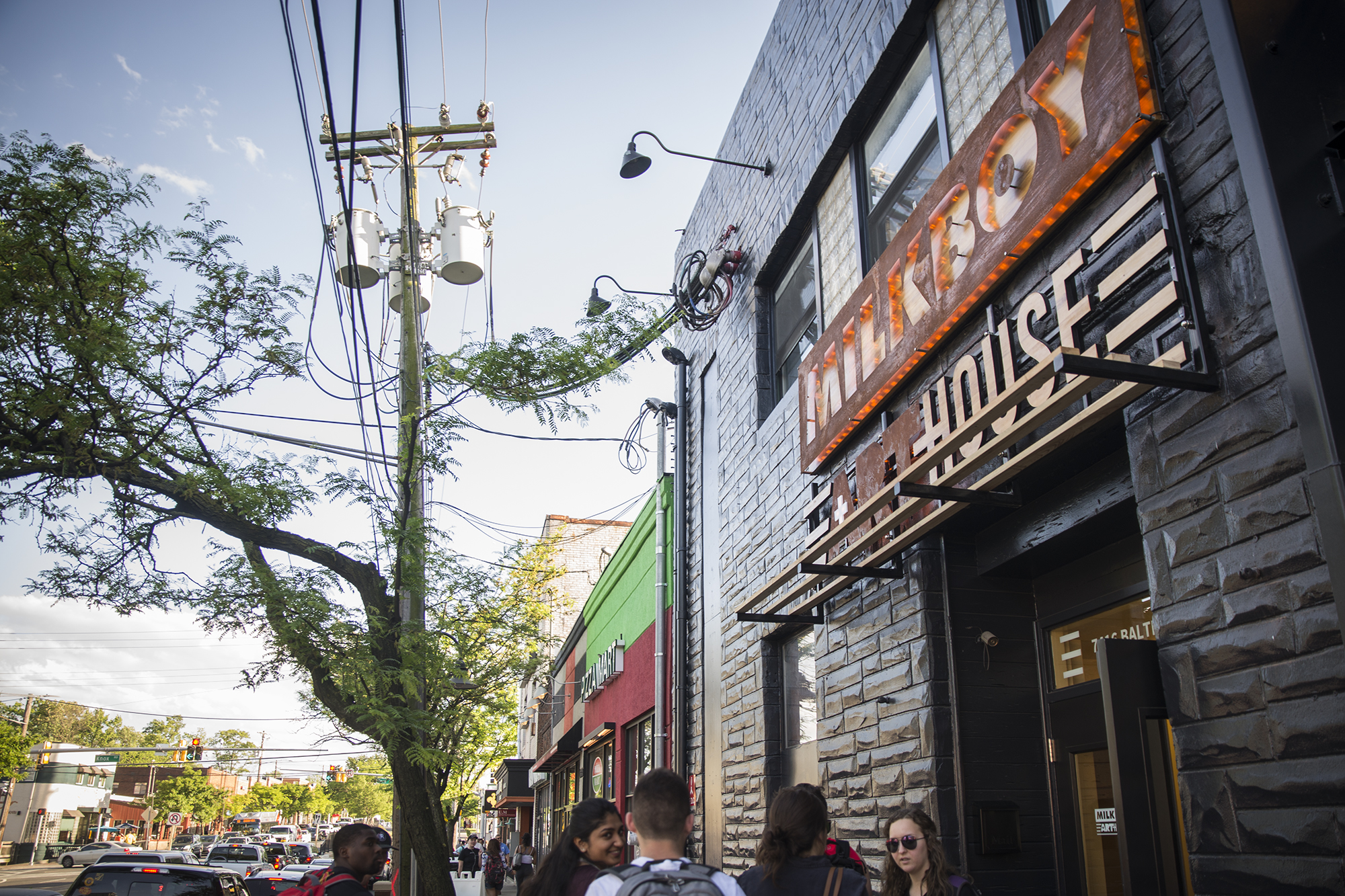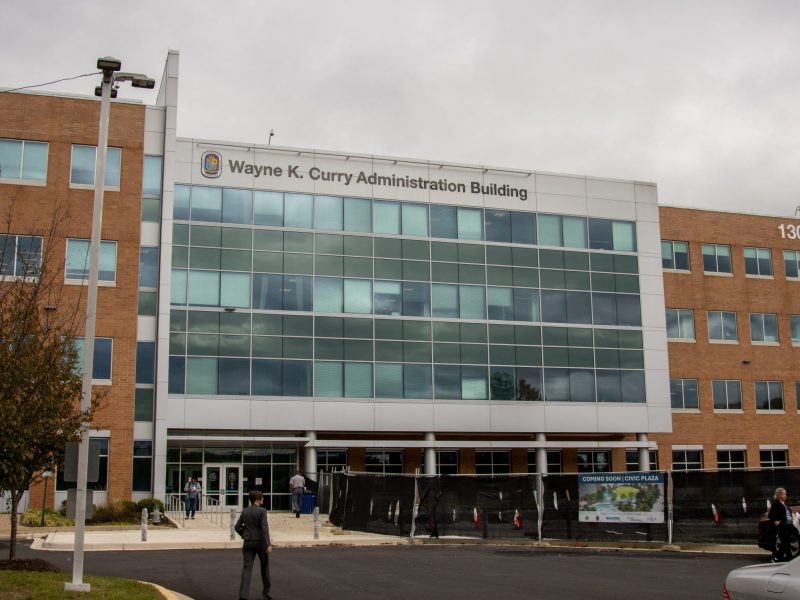Prince George’s County has an unmet demand for high-quality retail, while the Route 1 corridor — which includes the University of Maryland’s campus — is one of the most marketable regions in the county, according to a study published earlier this month.
The county could be getting an additional $1.4 billion from potential county retail business sales but isn’t, said Derick Berlage, chief of the county planning department’s countywide planning division.
But the unmet demand is due to a lack of upper-end retailers in the county rather than a shortage of retail spaces, said David Iannucci, the county’s assistant deputy chief administrative officer for economic development.
“It’s been a long-standing complaint by the citizens of this county that they feel underserved by retail, both quality and quantity,” Iannucci said.
[Read more: Route 1 is getting a vintage fashion boutique and Halal restaurant]
The region is particularly attractive to “tenants that prefer a young, educated market audience and urban or urbanizing locations,” encouraging fast and upscale fashion stores similar to Zara and Anthropologie, as well as grocery stores like Trader Joe’s to set up shop in the county.
“We’re going to be focusing a lot of energy on making sure the Baltimore Avenue corridor becomes everything that it can become in terms of a retail location,” Berlage said.
The Route 1 corridor, which includes Mt. Ranier, this university and Prince George’s Plaza’s transit-oriented development area, is a marketable region for quality retail because of its dense, educated, wealthy population, the study said. This attracts retailers, Iannucci added. The corridor has many historic shopping centers — which are more than 50 years old — for retailers, he said.
The study evaluated each of the more than 200 shopping centers and main streets within Prince George’s County, Berlage said. The county is working to help all its retail spaces, about half of which are in “poor shape,” he added.
“Some of them can become better retail centers with investment,” he said. “And some of them can no longer make it as retail centers and may need to transition to housing developments or medical office developments, things like that.”
Historically, residents have shown they are willing to go outside the county, including Tysons Corner in Virginia, for high-end stores, giving those retailers no incentive to build stores in the county, Iannucci said.
“All of us have understood that we’re fairly underserved in the retail that we would want to purchase in the county,” said County Council Vice Chair Dannielle Glaros. “This just gives us more of a toolkit and a roadmap,”
The county is “restaurant-heavy” but lacks many high-end fitness or clothing retailers, she said.
[Read more: MilkBoy ArtHouse opens on Route 1]
Because this study has been in motion for a few years, Glaros said, some of the suggestions it makes are already being implemented.
Data from the study can help attract high-end retailers at the annual International Council of Shopping Centers’ conference — which will occur in May 2018 — where marketing professionals previously convinced Whole Foods to set up shop on Route 1, Glaros said. The study maps the county by marketability, helping retailers identify valuable locations, including the Mall at Prince George’s, where she said DSW and Ulta are expected to become tenants soon.
“If you talk to residents of Prince George’s County, they will all tell you that they can’t wait to get better retail opportunities in their neighborhood,” Berlage said. “Retailers who want to make money ought to be looking very closely at Prince George’s County.”



